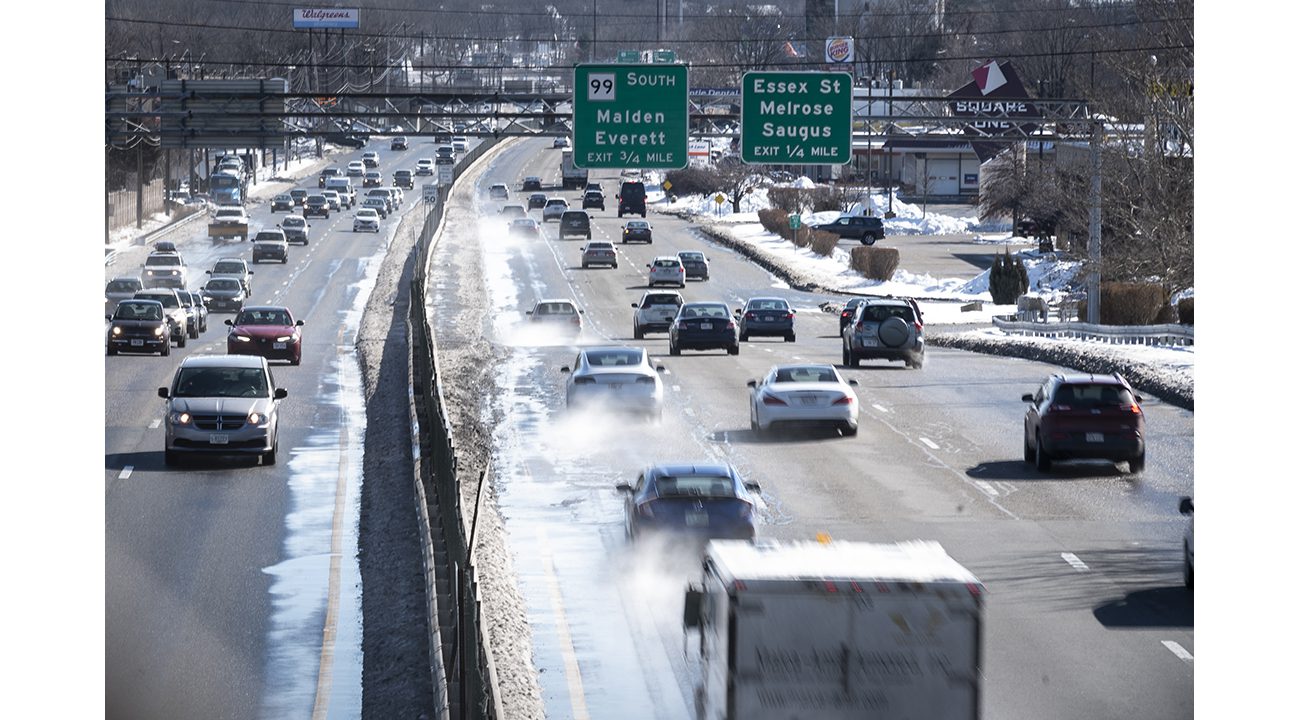Regarding Infrastructure-as-stimulus: that can be a good fiscal policy in an economic downturn in which there is an “output gap.” That is, when the economy is in a position where it is willing and able to increase production and output, but demand for this available increased production just isn’t there. In this situation, it makes sense for government to stimulate demand by just buying up a whole bunch of stuff. Since supply is standing by and waiting, the government can be the one who steps in and places orders with willing suppliers, providing the demand that private markets are not. It also makes sense for government to buy from the sectors of supply where the biggest output gap exists, because that's where each dollar goes the furthest and does the most good.
This is where we were after the Great Recession of 2008-2009, and it is especially where we were with respect to the construction industry. Construction was humming during the housing boom of the mid-2000s, but then after the bubble burst in the subprime mortgage crisis, demand for construction evaporated. Construction capacity was still there but demand wasn’t, so it was a sensible time for government to start buying infrastructure as a way to utilize the available supply capacity, fill in for the missing demand, and kickstart the economy.
However, this is not the situation we’re in in this crisis. Today’s economic downturn is marked by a freeze-up of both supply and demand. Right now, we don’t want a stimulus to get supply running, we want supply to go home. What we need right now is to cover people's necessities while they stay home. In the near term, we don’t know what the economy will look like once it gradually starts opening up and running, whenever that may be. It’s possible that an infrastructure and construction “output gap” will materialize, but it’s all possible that the construction sector will start humming again while other sectors (most notably: the service economy) will remain in recession.
One thing we do know is that in the years and months preceding this crisis, infrastructure supply capacity was at basically the opposite of an output gap. Construction demand was through the roof, contractors were operating at full capacity, and the market equilibrium was more characterized by labor shortages than lagging demand. When that’s the market condition, infrastructure-as-stimulus is pretty much the opposite of where a government should prioritize its resources. The construction industry leading into the 2008-2009 crisis was also humming, but that boom directly contributed to some of the underlying causes of that recession. Construction was so hot it overheated and collapsed, and that was all tied up in how the economy itself collapsed. This economic contraction of 2020, however, has absolutely nothing to do with construction, real estate, or housing markets, and so there's less reason to think that the recovery will be hampered by those market sectors.
Given what we knew about the underlying causes of the 2008-2009 Great Recession at the time, it made absolute sense to expect that a years-long construction downturn would follow that crisis. And that, indeed, is what followed. However, given what we know about this crisis so far, I’m not so sure I would expect the recovery to be characterized by slack in construction markets. From where I sit, I’d guess that construction activity will bounce back much more quickly than, say, the restaurant, entertainment, and travel industries. That's not something anybody would have said in 2009.
This says nothing about the wisdom of spending on infrastructure to meet infrastructure needs. If infrastructure is what the public needs, then spend on it. It does say, however, that spending on infrastructure for macroeconomic purposes might not be the best course of action over the coming years. Putting out-of-work servers, bartenders, entertainment venue employees, and hotel cleaners back to work might be a more pressing need than construction workers. And investing in public health and preparing for the next epidemic will likely be more appealing than investing in rolling stock or highway expansions.
I obviously can’t guarantee that an infrastructure stimulus program won’t happen, but I do think it’s inappropriate to assume that it will happen because that’s what was called for last time. This recession isn’t the same as the last one, and just as generals shouldn’t "fight the last war,” policy makers shouldn’t fight the last recession.

